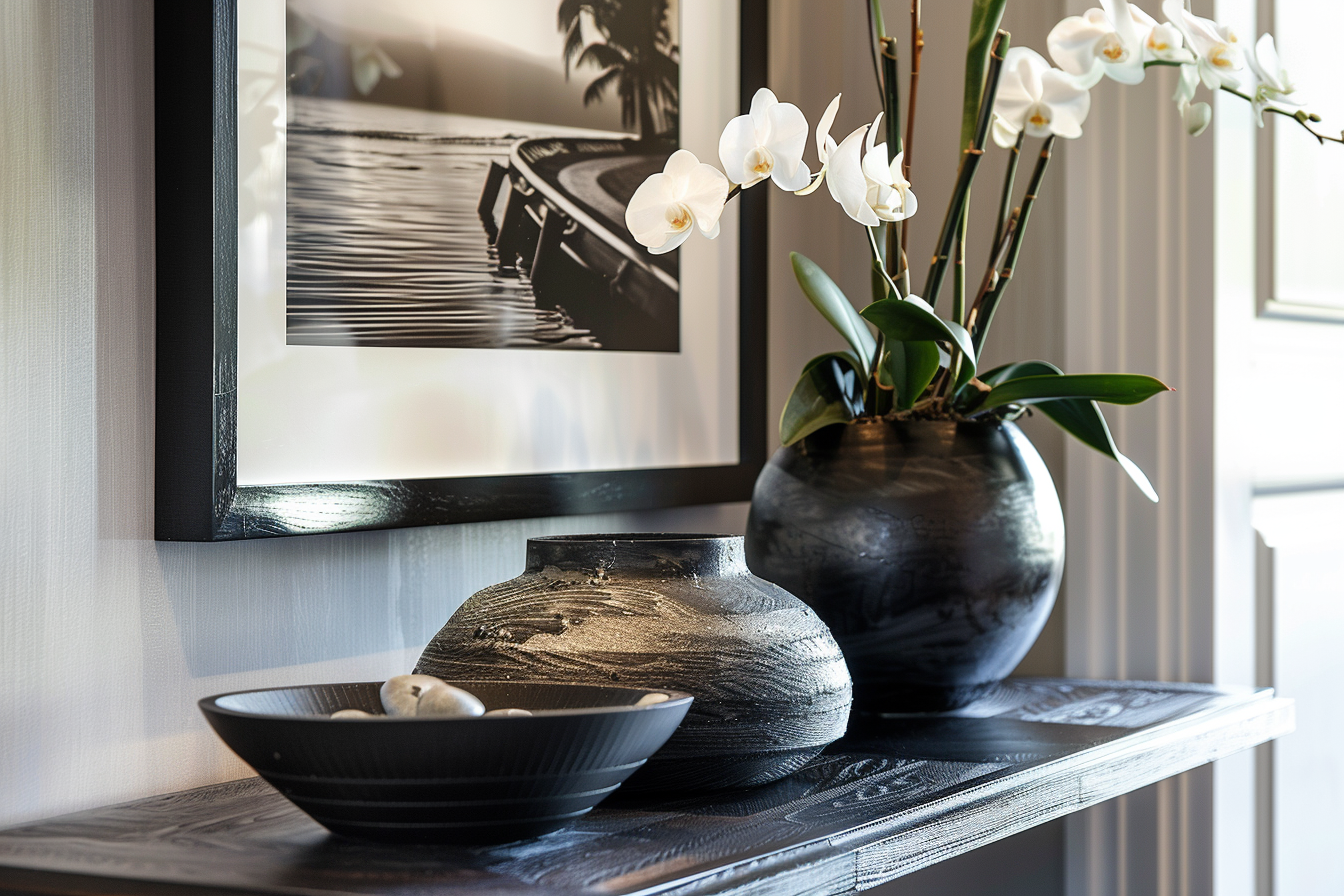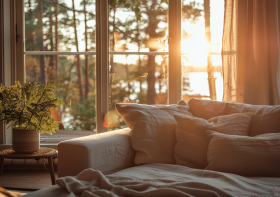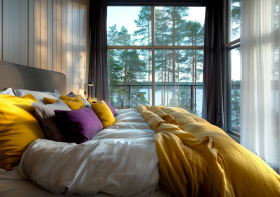Mastering the Art of Accessorizing Your Interior
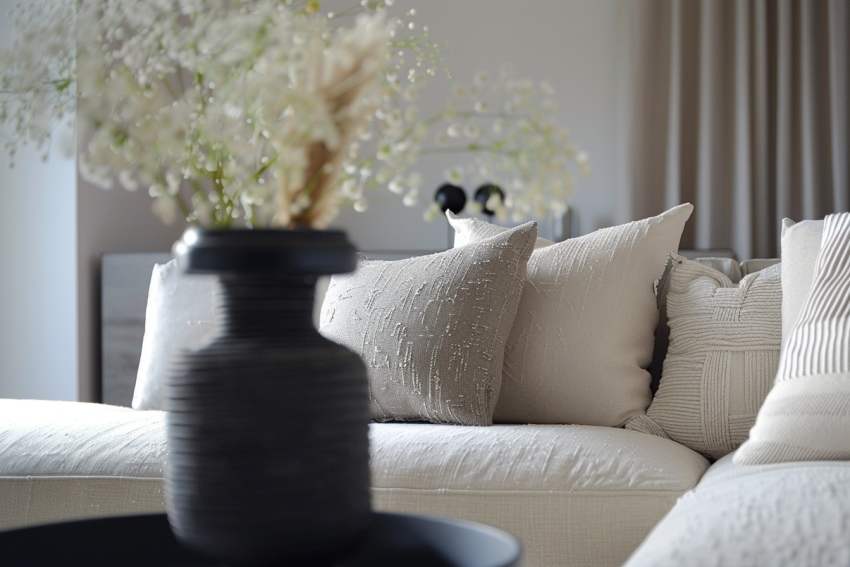
Accessorizing your home is akin to putting the perfect jewelry on your favorite outfit. It enhances, embellishes, and adds individuality to your space. However, with the myriad of options available, it’s easy to feel overwhelmed. This blog post will guide you through the principles of accessorizing your interior, ensuring that each element not only complements the design but also reflects your personal style.
1. Start with a Plan Before you dive into buying accessories, consider the overall aesthetic of your home. What style are you aiming for? What colors and textures dominate the space? Having a clear vision will help you select accessories that enhance rather than clash with your existing decor.
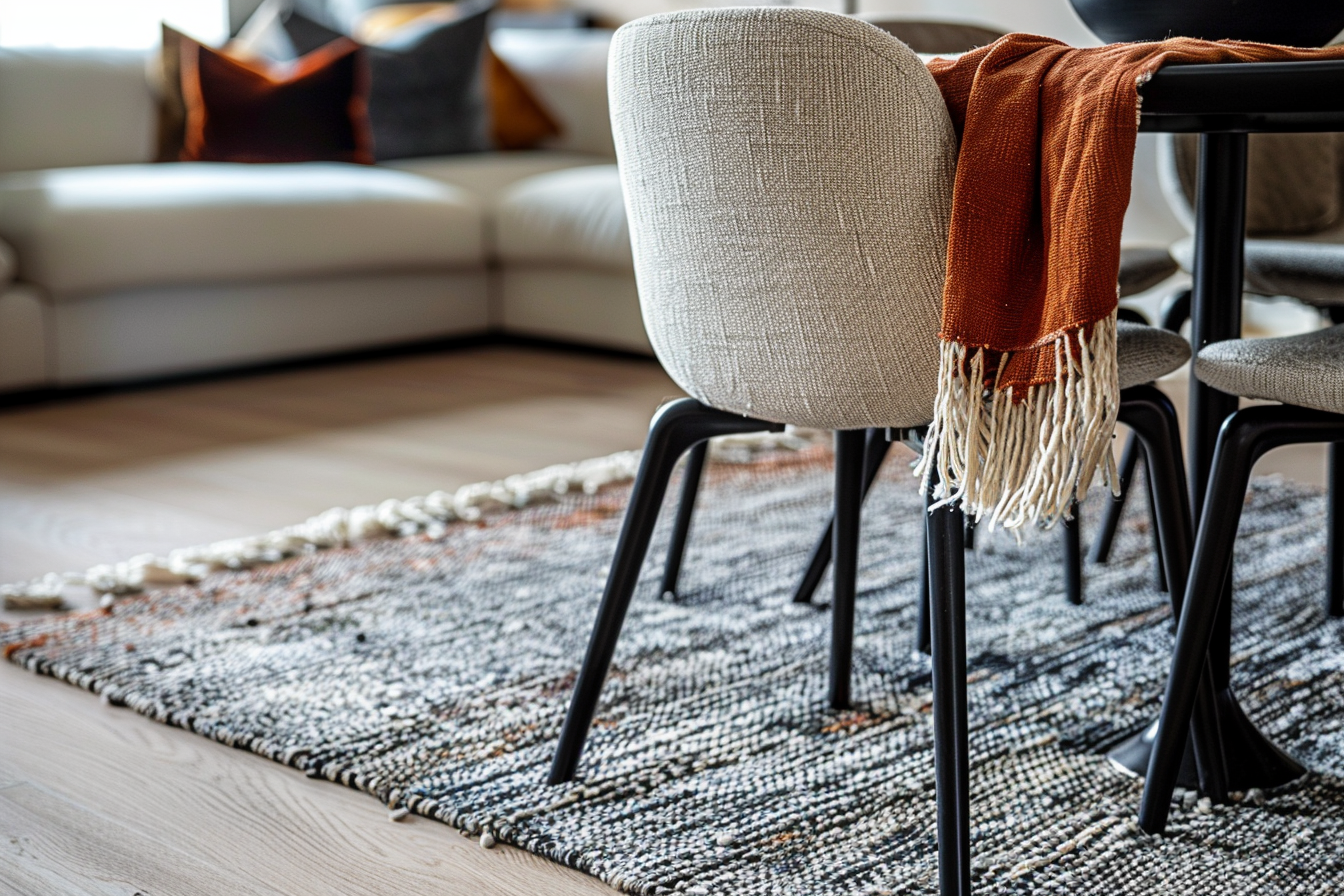
2. Balance Function and Beauty Accessories should be more than just pretty objects; they should serve a purpose or hold personal significance. Start with functional items like lamps, rugs, or cushions, and then layer in pieces that tell a story about your interests, travels, or experiences.
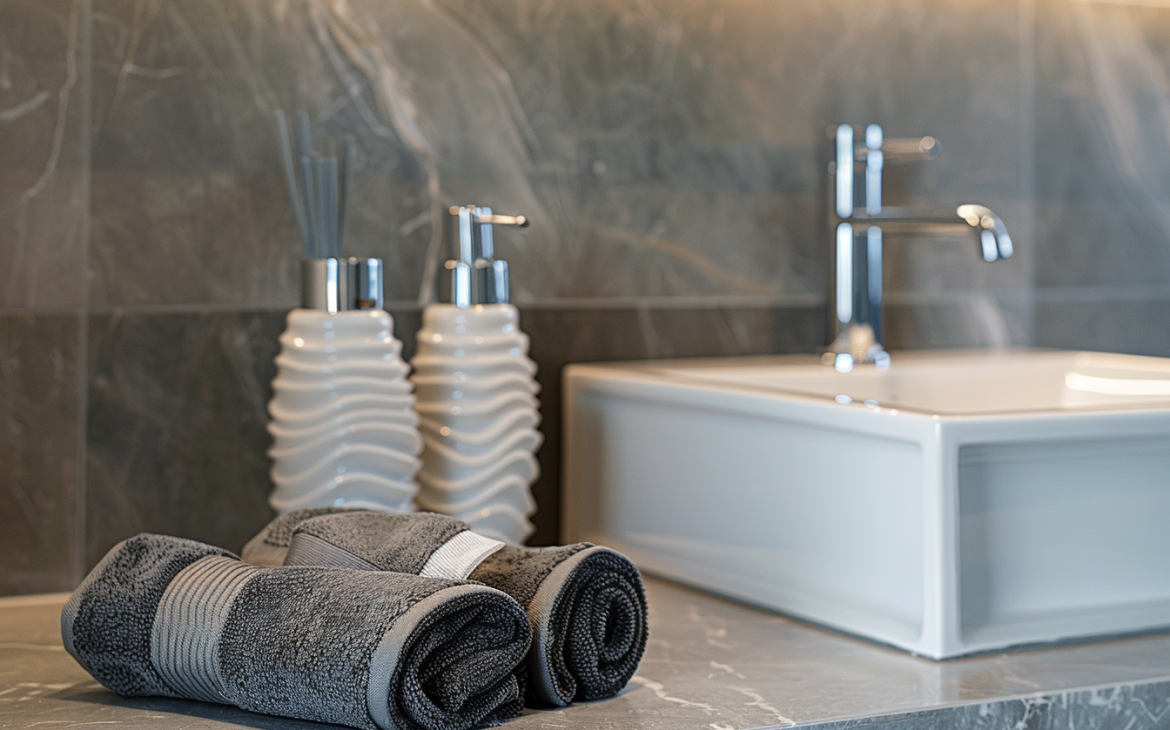
3. Play with Scale and Proportion The scale of the accessories should be in harmony with your furniture and room size. A tiny lamp on a large table or a massive vase on a tiny shelf can look out of place. Consider the proportions of your space and choose accessories that are sized appropriately.
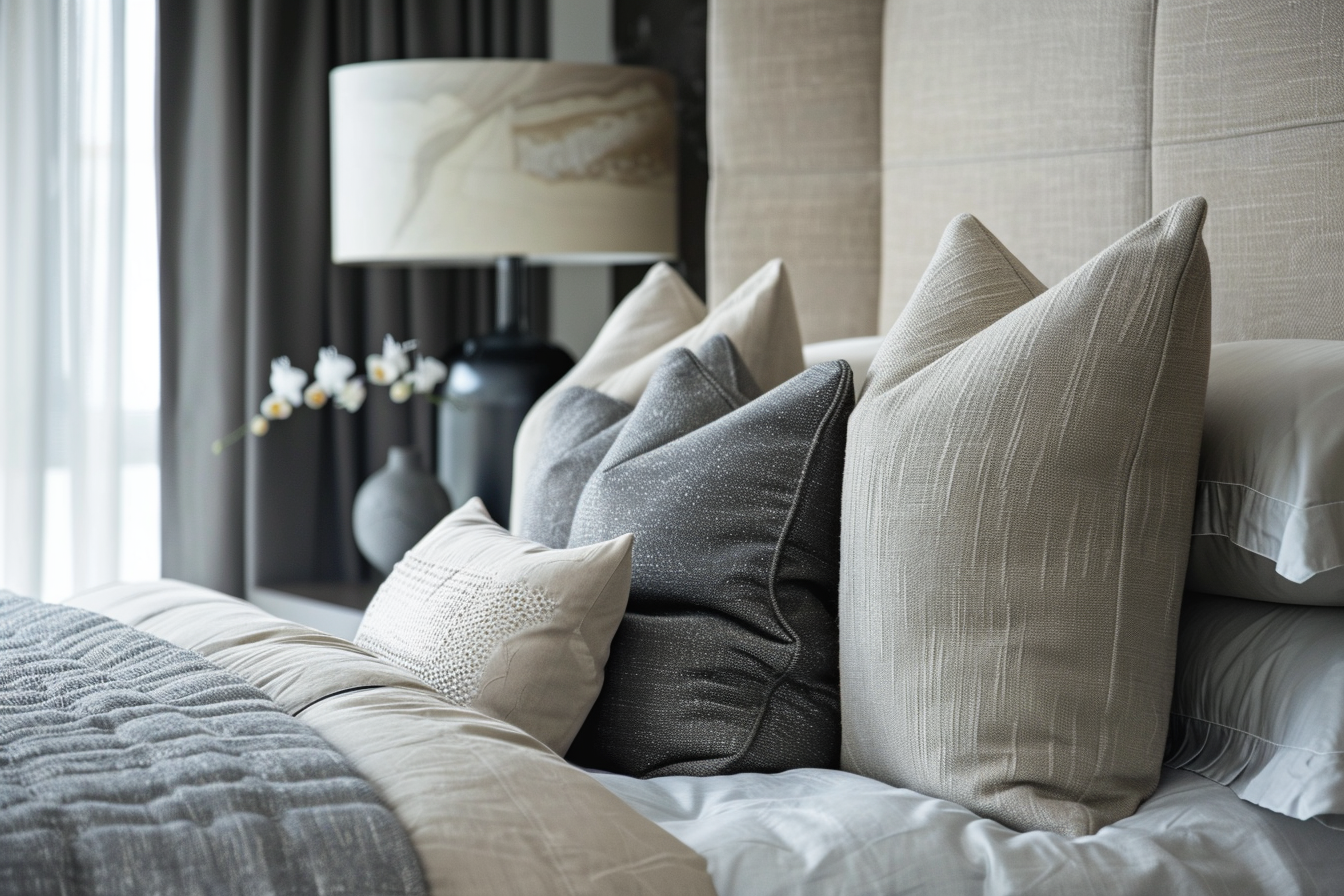
4. Create Focal Points Use accessories to draw attention to your room’s best features. Want to highlight a beautiful fireplace? Arrange unique vases or artwork on the mantel. Have stunning windows? Elegant curtains and tasteful window dressings can enhance their impact. Creating focal points helps to organize the space visually and makes it more inviting.
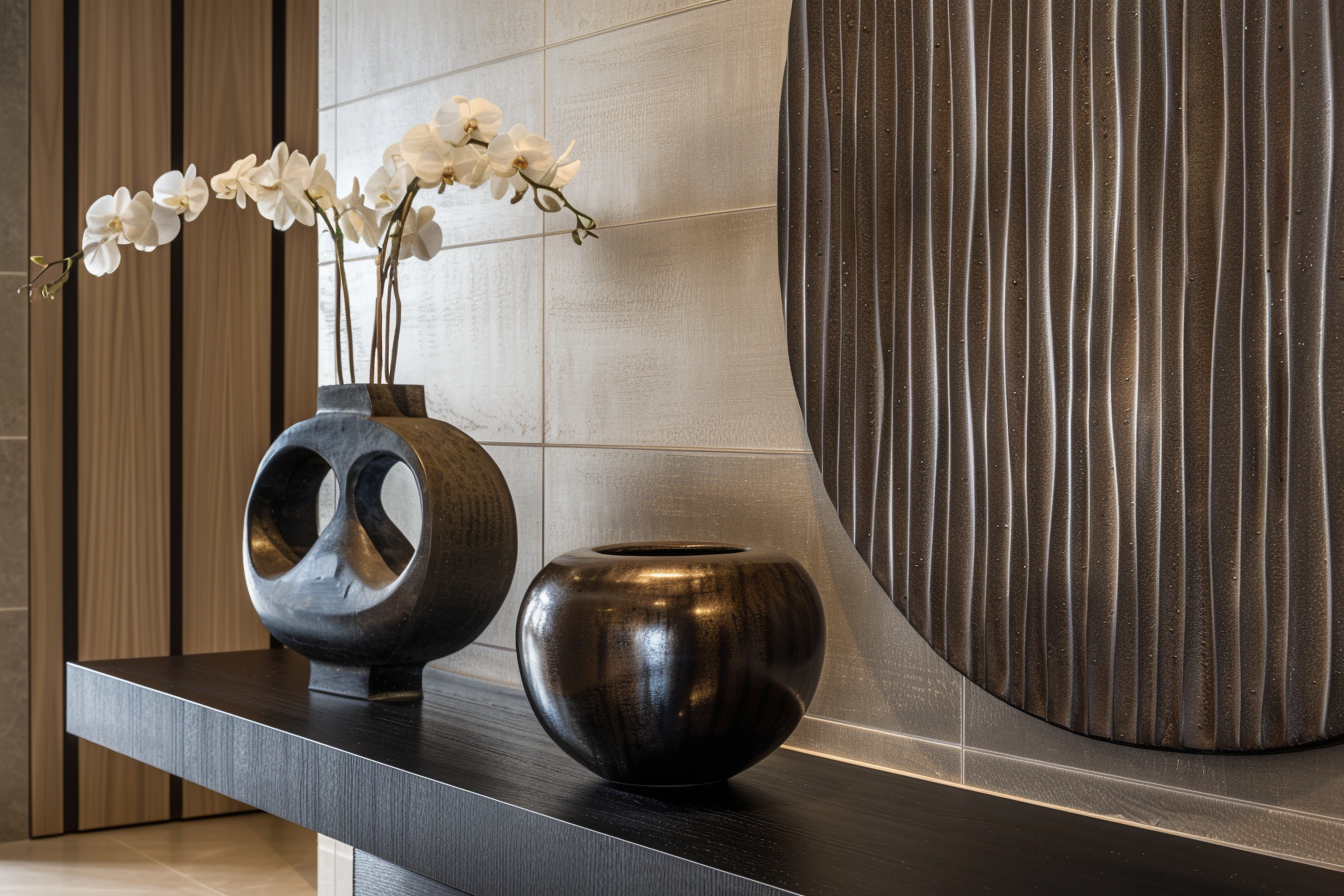
5. Mix Textures and Materials A mix of different textures and materials can add depth and interest to your room. Combine shiny metals with rustic woods, smooth ceramics with rough textiles. This contrast not only highlights individual pieces but also enhances the overall tactile experience of the space.
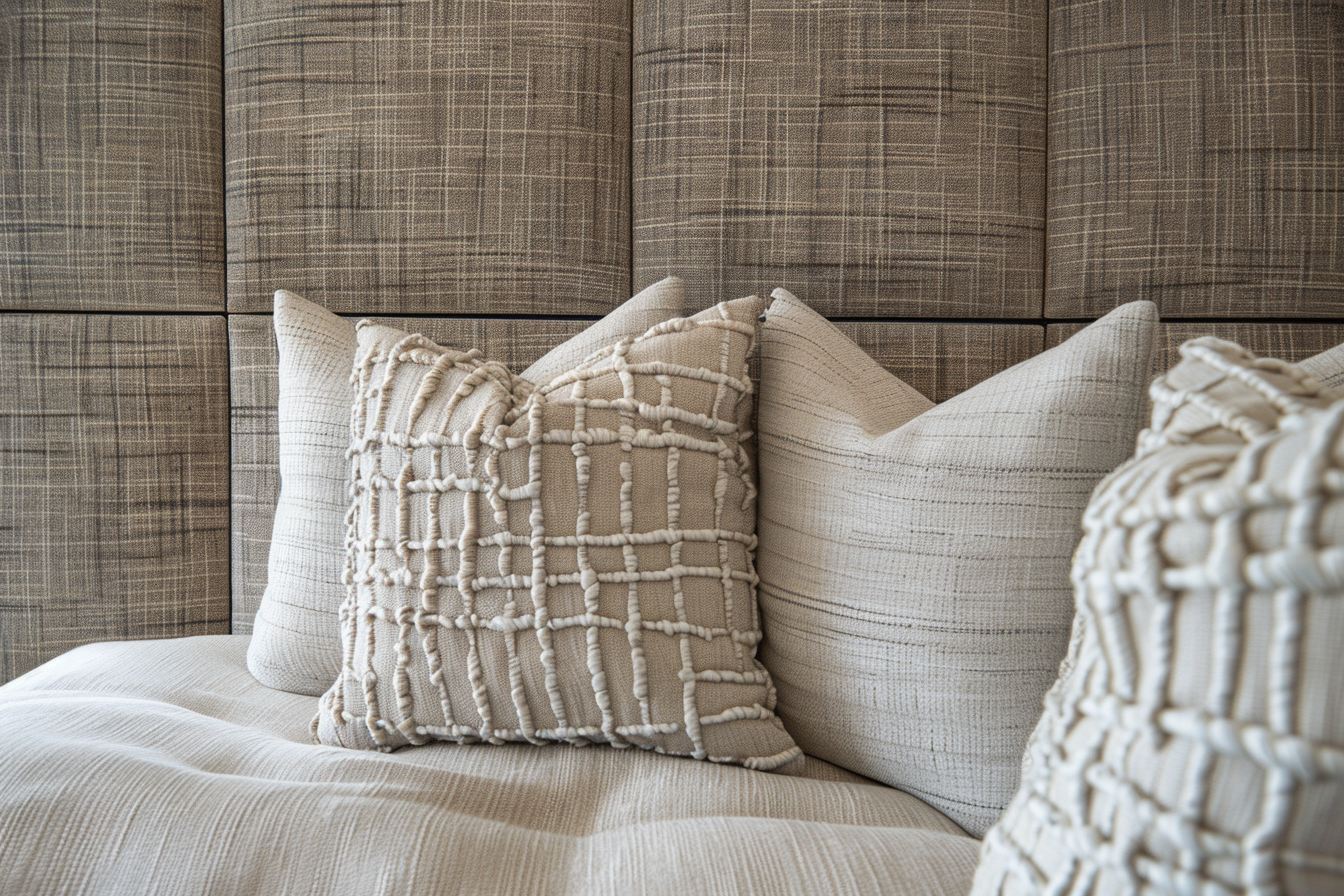
6. Consider Color and Contrast Color is a powerful tool in accessorizing. You can choose accessories in accent colors that complement your existing palette or go bold with vibrant, contrasting hues to inject energy and drama into the room. Remember, a little color goes a long way in drawing the eye and tying together your decor.
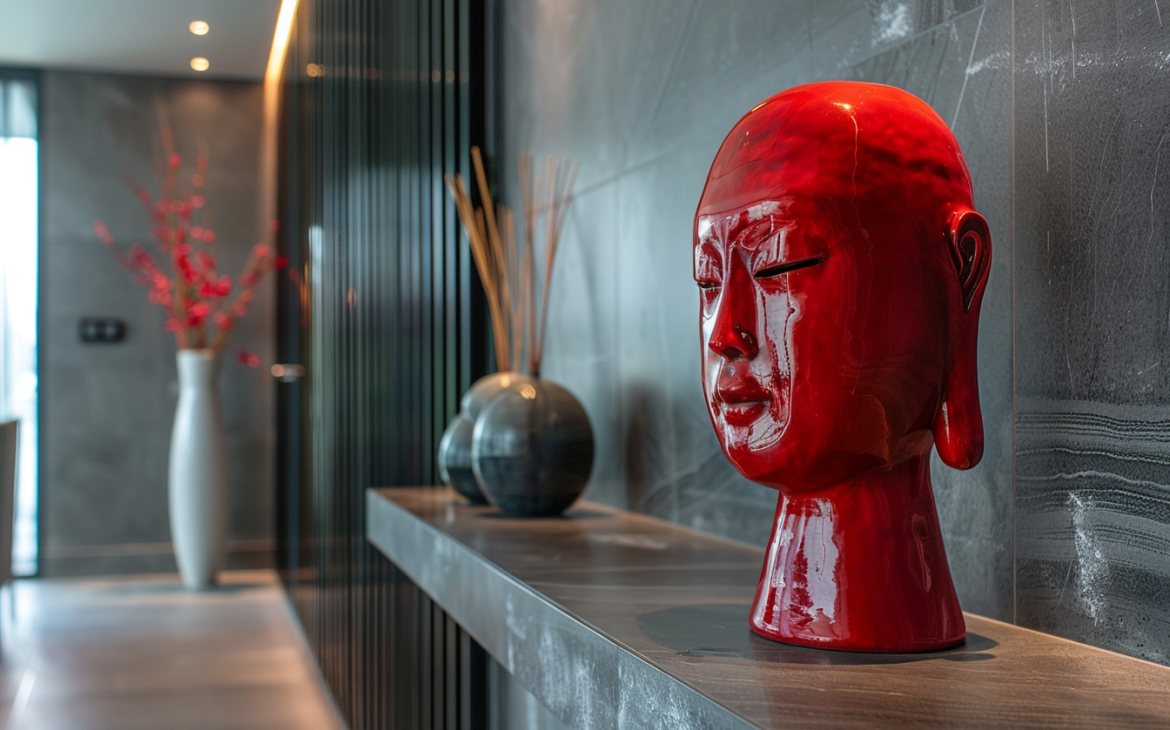
7. Layer Lighting Lighting is often overlooked as an accessory, but it can profoundly affect the ambiance of a room. Incorporate a variety of light sources at different heights and intensities to give your space flexibility and depth. Floor lamps, table lamps, sconces, and candles can all contribute to a warm, inviting environment.
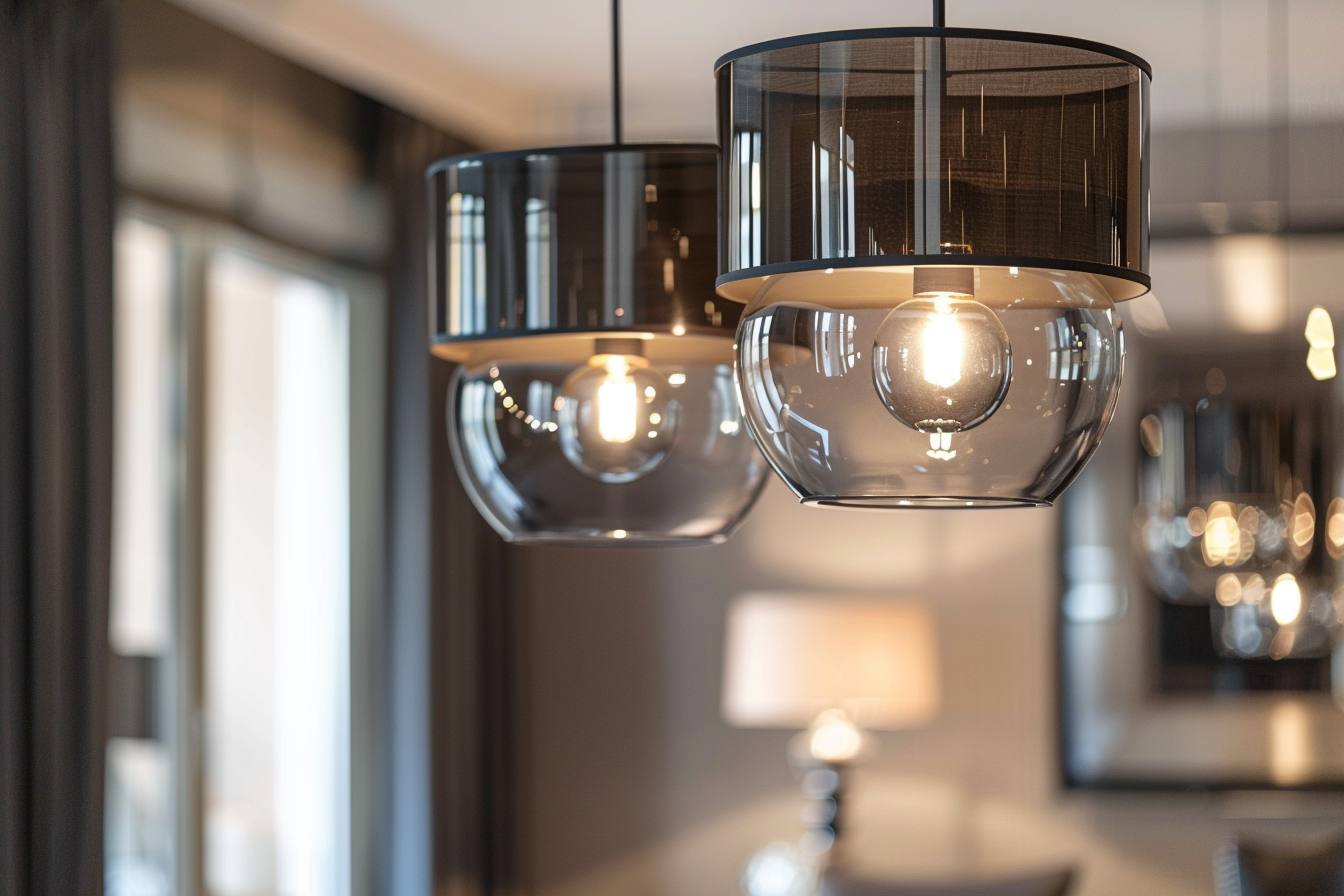
8. Rotate and Curate Keep your decor fresh by rotating accessories seasonally. This not only keeps your interiors looking new but also gives you a chance to showcase different items. Curate your accessories as you would a collection, allowing each piece room to breathe and be noticed.
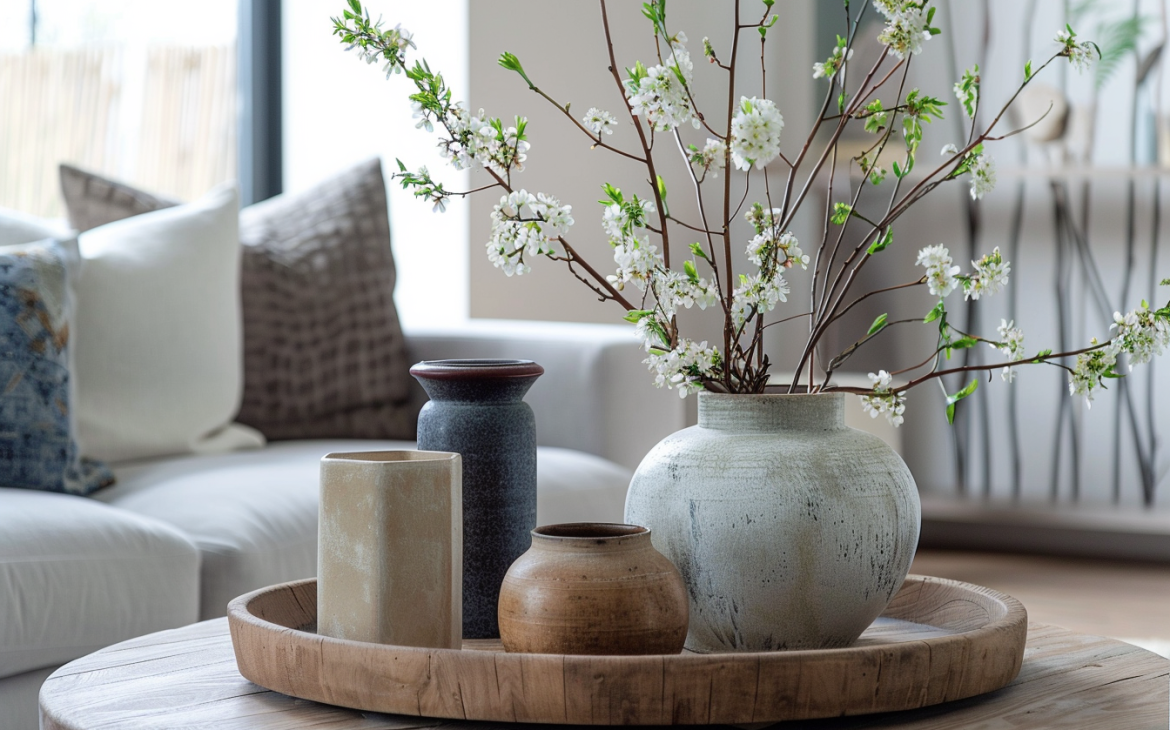
9. Less is More While it can be tempting to display every beautiful object you own, too many accessories can create a cluttered look. Practice restraint and allow space between items. Sometimes, the most powerful statement is a well-placed piece that stands on its own.
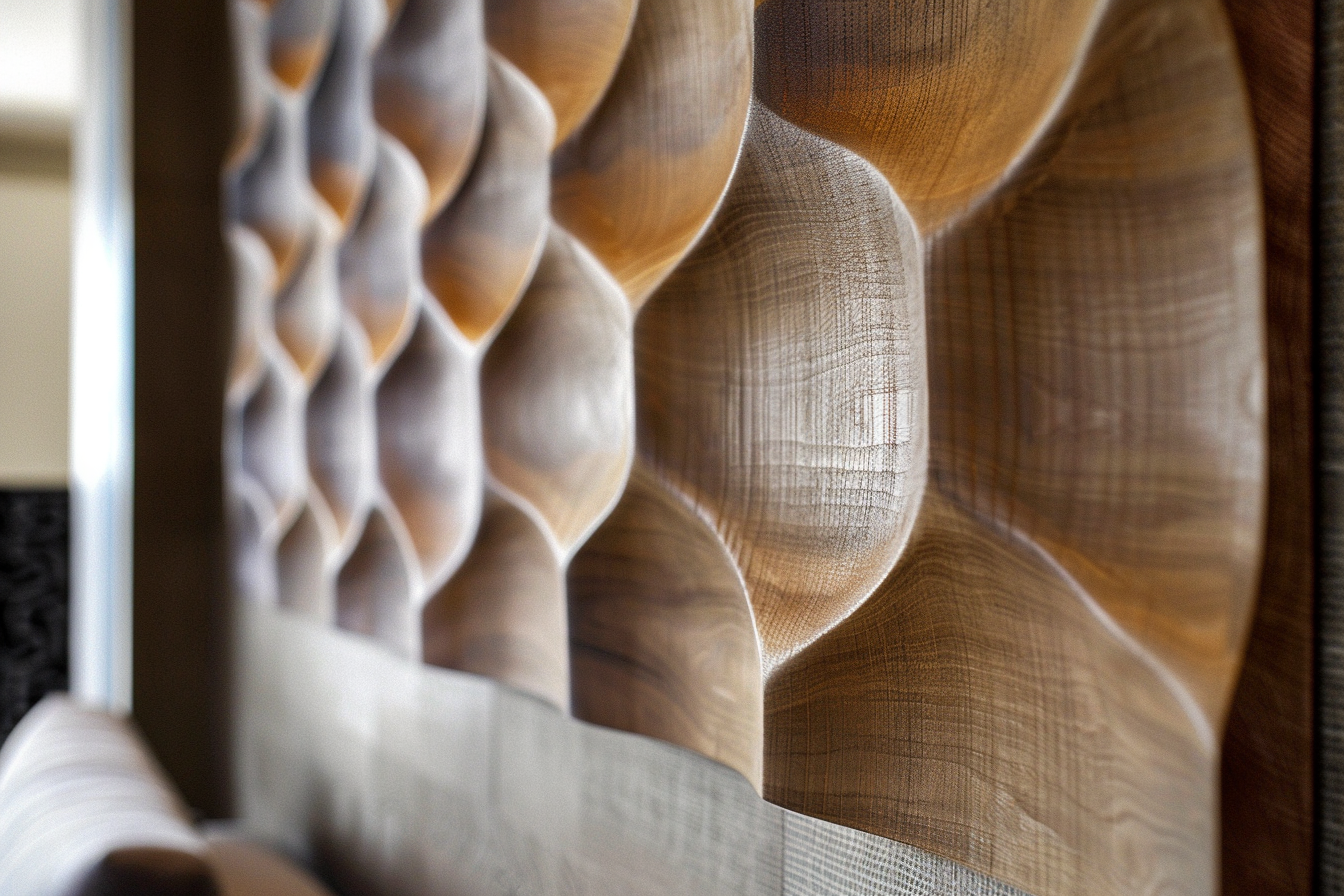
10. Personalize Your Space Finally, the most important aspect of accessorizing is to make it personal. Display items that have a story or meaning, like family heirlooms, photographs, or collections. These elements add a layer of uniqueness that truly makes your home your own.
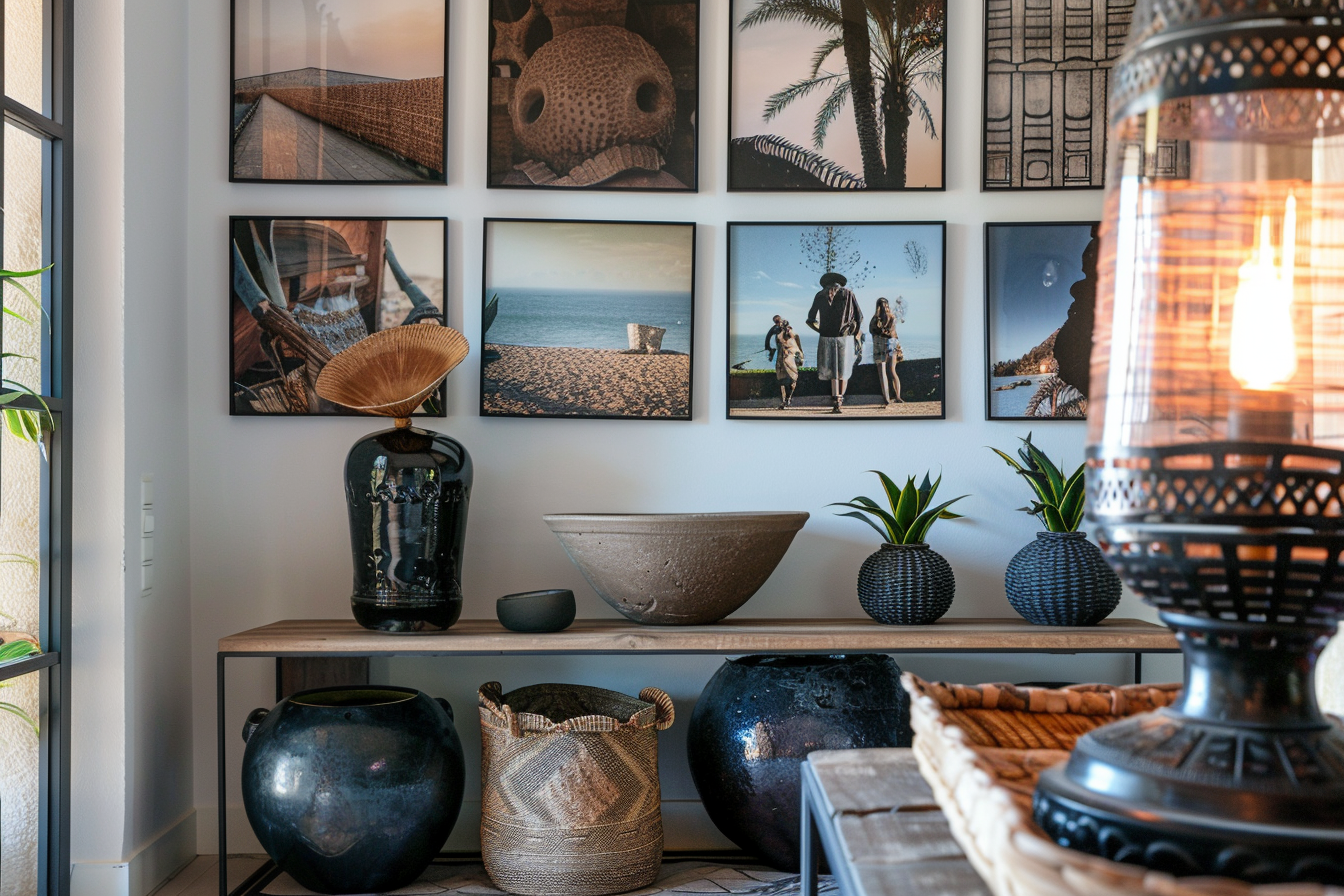
Accessorizing your interior is an ongoing process that evolves with your tastes and lifestyle. By following these tips, you can create a beautifully accessorized home that is not only stylish but also a true reflection of who you are. Remember, the best-decorated interiors show off the personality and preferences of those who live in them.
To deepen your understanding of crafting unique and personalized spaces, consider acquiring my book, Basics of interior design, available on Amazon. This guide offers a comprehensive exploration of various design principles tailored to distinct environments, providing you with the knowledge and inspiration needed to transform any space.
